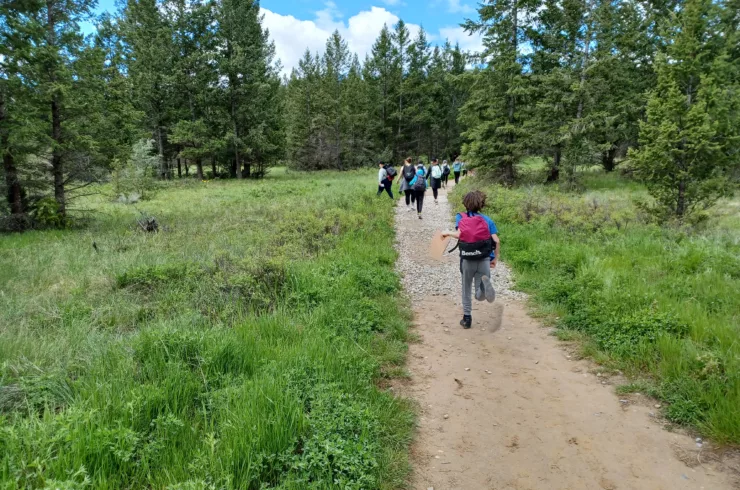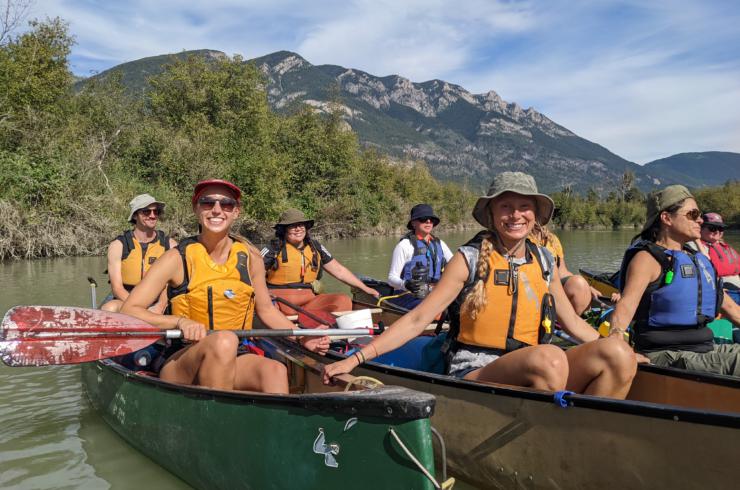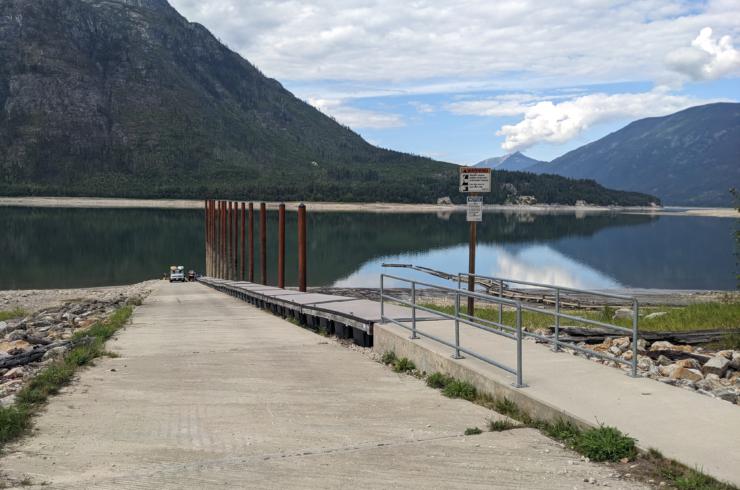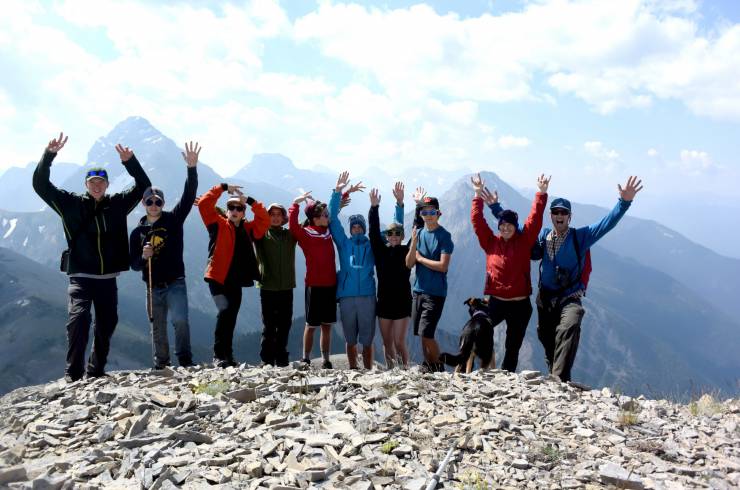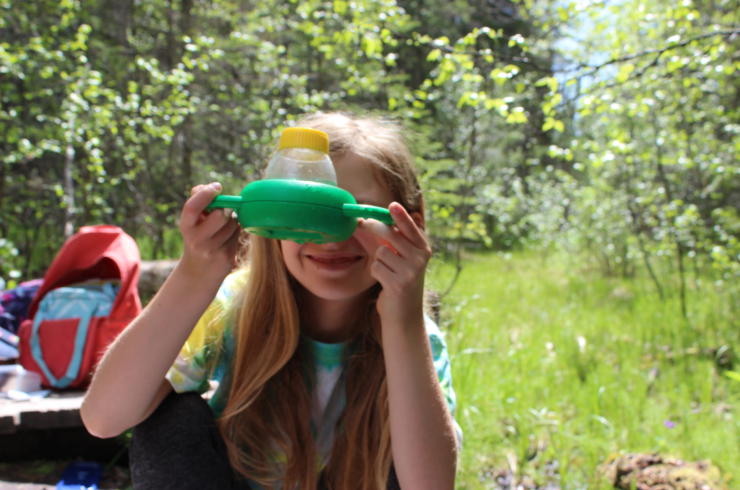In this lesson we will explore the chemical properties of the water in our creeks, rivers, and watersheds, and how these might be influenced one way or the other by geology and by human activities.
In this short video, Know Your Watershed Educator Bill Coedy looks at two different creeks near Trail to discuss how chemical properties of a creek might differ.
Then click on the lesson plan, which will lead you through a short activity to help you better understand one of the key chemical properties that can affect water quality, pH, and how it can affect aquatic life and water quality.









